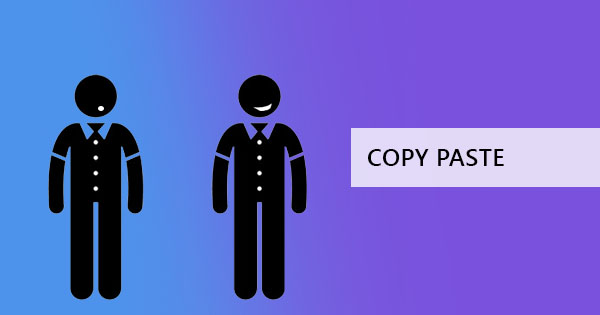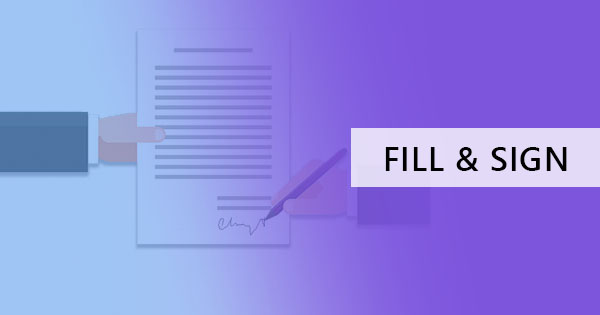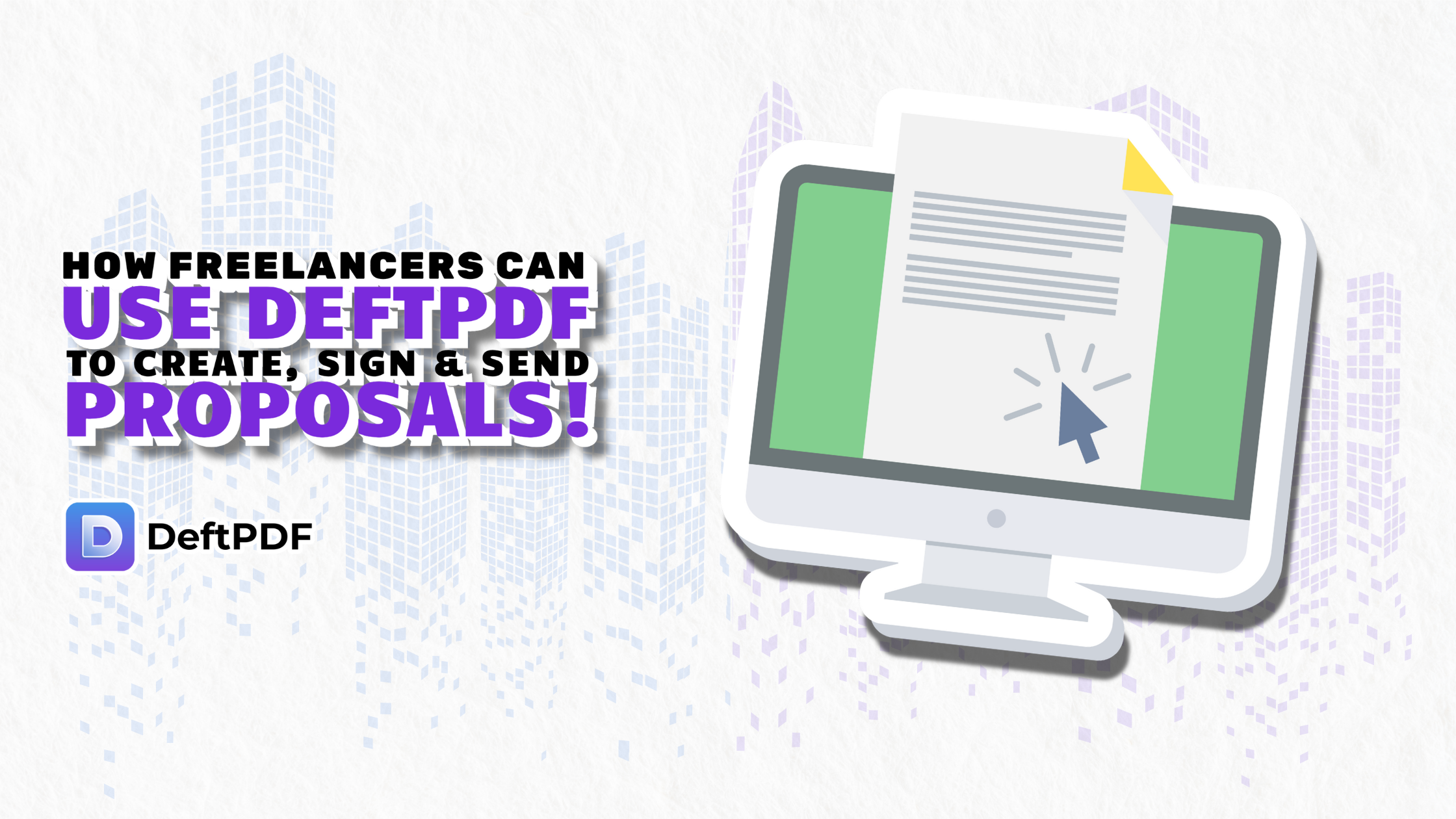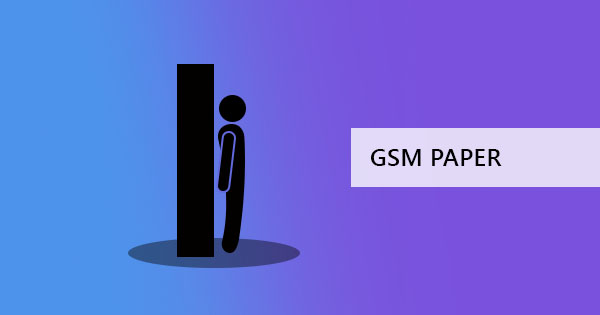
GSM sounds familiar, right? It’s not your sim card or your cellphone though, it’s short for “Grams per Square Meter” and this acronym is used often in paper or in the printing industry. Basically, GSM determines the thickness or thinness of paper that reveals its weight per area of a standard paper. GSM is important for the printers so they know how to process the project. Quality is also known when GSM is identified. In an equation, GSM is the weight of reel over the length of paper on a meter.
GSM = (Weight of reel in kgs * 100000) / (Length of paper on meter * reel width in cms)
In a gist, higher GSM means heavier paper or perhaps thicker in size. The usual paper used is often only 80gsm. These are often found in copier machines and offices. Letterheads are often thicker with 100-120gsm while flyers or business cards are much thicker at 350gsm. As you can see, each type of paper suits different needs and different projects so higher GSM doesn’t always equate to better.

Different types of paper and GSM
We could discuss the whole façade of paper and tackle one by one the many faces it has but just to make it simpler, we’re summarizing the commonly used ones and comparing it to the different available papers in various GSMs in the market. This way, it will be easier for you to imagine the difference between them.
Beginning with the thinnest available paper, we will find the newspapers who incredibly have a 35-55GSM but more than 4x the length of a letter paper. Some other industries also use similar paperweight, including fast food who uses paper mats on their restaurants. This type of paper may be too thin for your reports but it will do the job for something easily disposable.
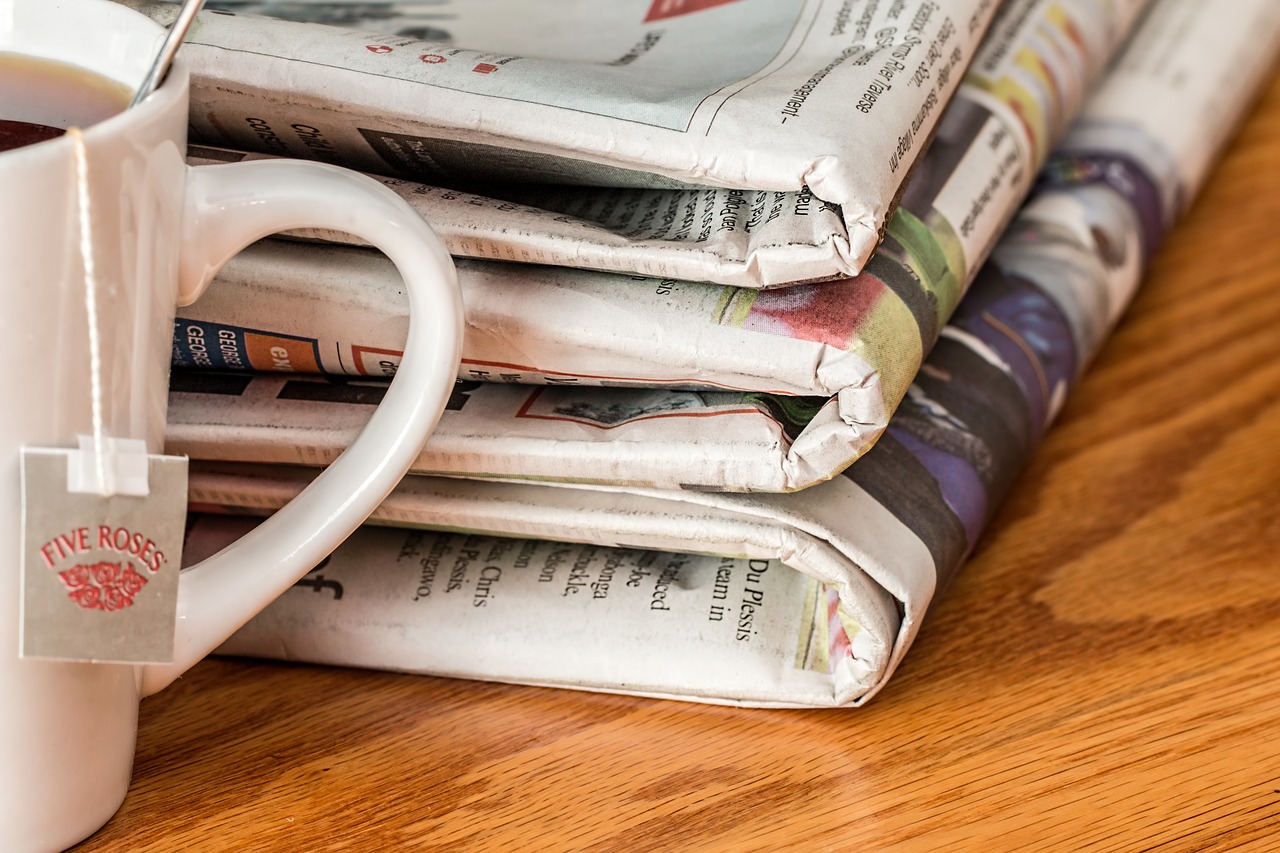
On the photocopy machine, a4 or letter-sized papers can be found in forms of bond paper. These types have around 80-90GSM in weight and can also be found in mid-market magazines. Certainly, this has been the most popular weight for paper as it has been a standard use for school, work and home.
If you’re running for mayor, trying to gain brand recall, or creating a poster ad, the best weight to fit these projects are papers at 100-180GSM. These thicker stocks can become good quality letterheads or promotional materials. Flyers, some brochures, and leaflets can also fall into this weight.
Not so satisfied with 180? Try 250 instead and imagine your work printed on the magazine cover – because that’s usually how thick 250GSM feels. If you’re familiar with a photo paper, that’s exactly the sample for that. If you’re still not satisfied with that, the last and thickest one available in the market is 350GSM. Though they’re not really ideal for simple homework, rather, it was made to fit something like a business card, invitations or menu card.
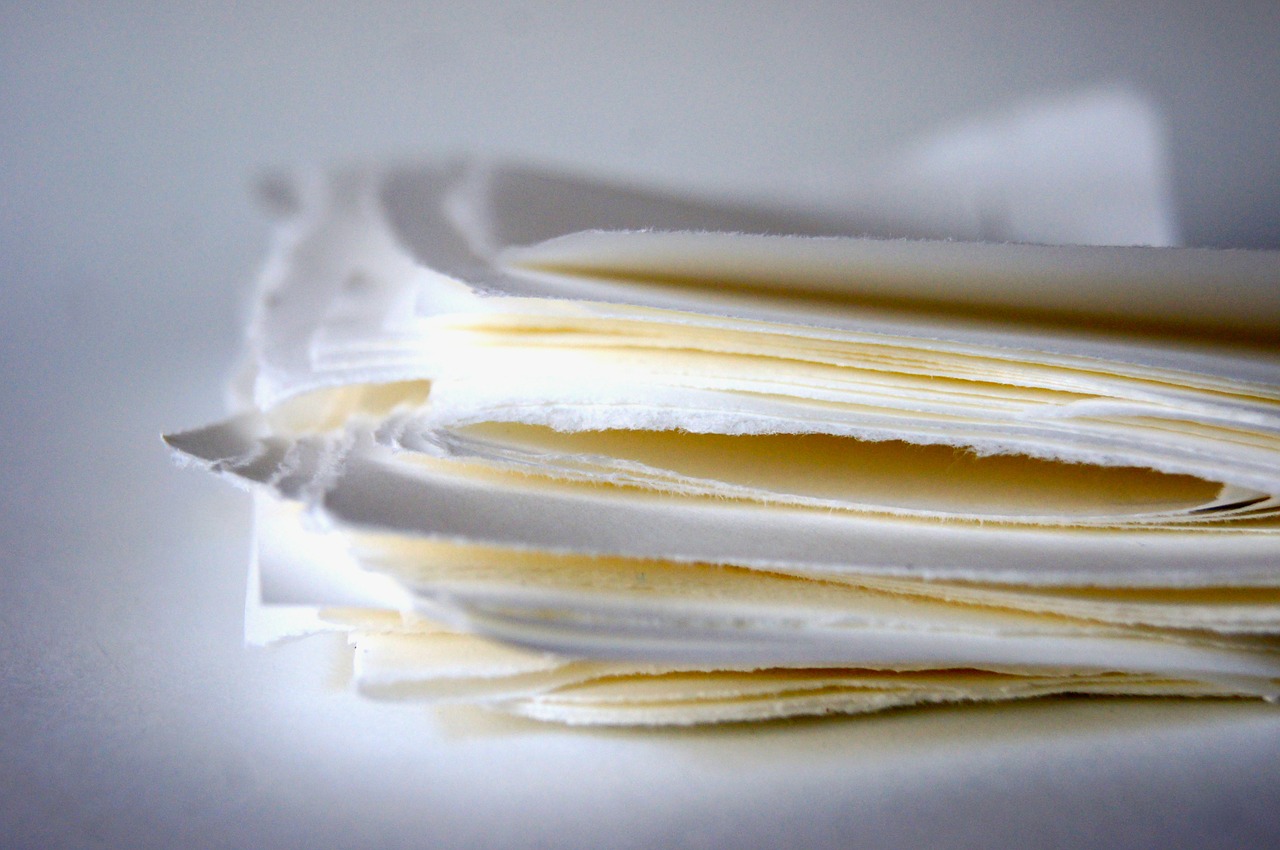
Just to make it simpler, here’s a summary of all types in a table:
|
Weight |
Samples and highlighted benefits |
|
10-35GSM |
Tissue paper |
|
40GSM |
Tracing paper |
|
35-55GSM |
Newspaper, paper mats, Bible pages
Made for projects that are one-time use or should be disposable. Saves resources because it's so thin. |
|
80-90GSM |
Everyday paper, your usual letter, office printer paper a.k.a. offset paper
Great in absorbing color ink |
|
100-120GSM |
high-quality letterheads, premium stationery, |
|
100-180GSM |
Posters, promotional materials, visual marketing, flyers, brochures
UV resistant and great for outdoors
Often has a coating with a smooth surface |
|
250-300GSM |
Magazine cover, photo paper, sturdy paper, premium brochures, banners, greeting cards |
|
350-400GSM |
Calling card, wedding invitations, menu cards, postcards, folders, door hangers,
Great for projects that need to stand up on its own. |
|
>1000GSM |
Hardcover book |
Why is it so important to know your GSM?
Knowing the right kind of paper for your project means having a great output. Plus, it’s more likely that your printer will be able to understand what you want to achieve. Being specific on the GSM eliminates the miscommunications, the errors on all trials and makes everyone efficient.

So how thick should I pick?
With the guide we’ve set, we hope you’ve already got an idea of how each kind of paper is used in the everyday life but of course, don’t limit your creativity to what’s usual. You can use any kind of paper that you see fit to your creation. This is just a guide to help you decide and picture how it may look like using existing print outs.
What else should I consider in the paper?
Other than the weight and thickness, there is also the factor of paper coatings and opacity. With paper coatings, there are only three common types – Varnish, UV, and Aqueous. These different coatings affect the visibility, vibrancy of the color and the impact on the finish.
Varnish coatings are usually glossy, satin or dull but it can vary in color and are useful for photos. More often available to the public, this type of coating is cheaper than laminates as it does not provide much protection.
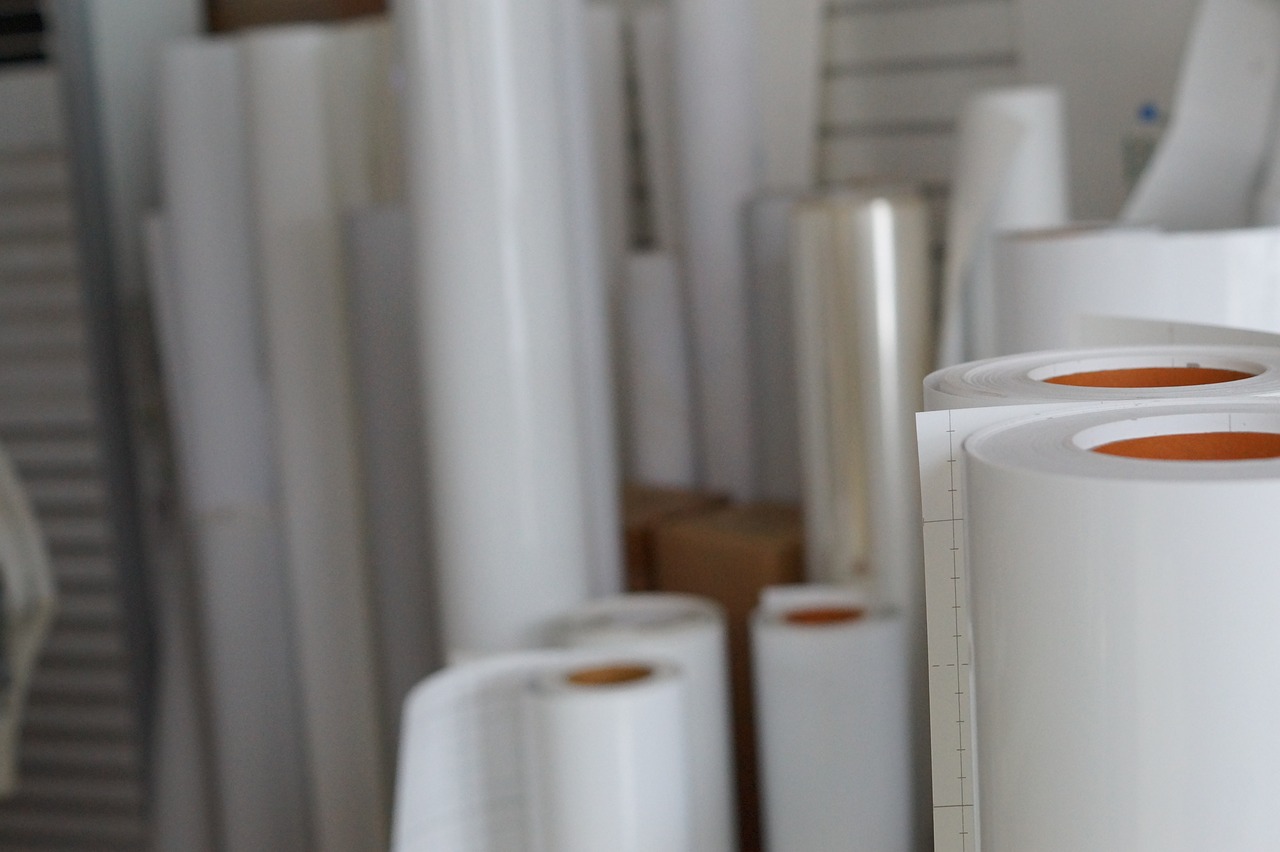
The second common type is the UV coating, which we often find in outdoor projects. Why? Because it offers better protection than normal gloss and can be as thin or thick as you prefer. It can even be in matte, gloss, or tinted varieties that will provide texture and enhanced color to your project.
The last type of coating is called Aqueous. These environment-friendly coatings are water-based, applied to the printout for the distinct purpose of fingerprint protection. Mostly used to important artwork, this coating shields it from markings or imprints that may damage the material.
So much information for a paper, right? If you’re not decided on paper yet, you can always use PDF for a digital alternative. Create or convert your very own for free here at DeftPDF.
